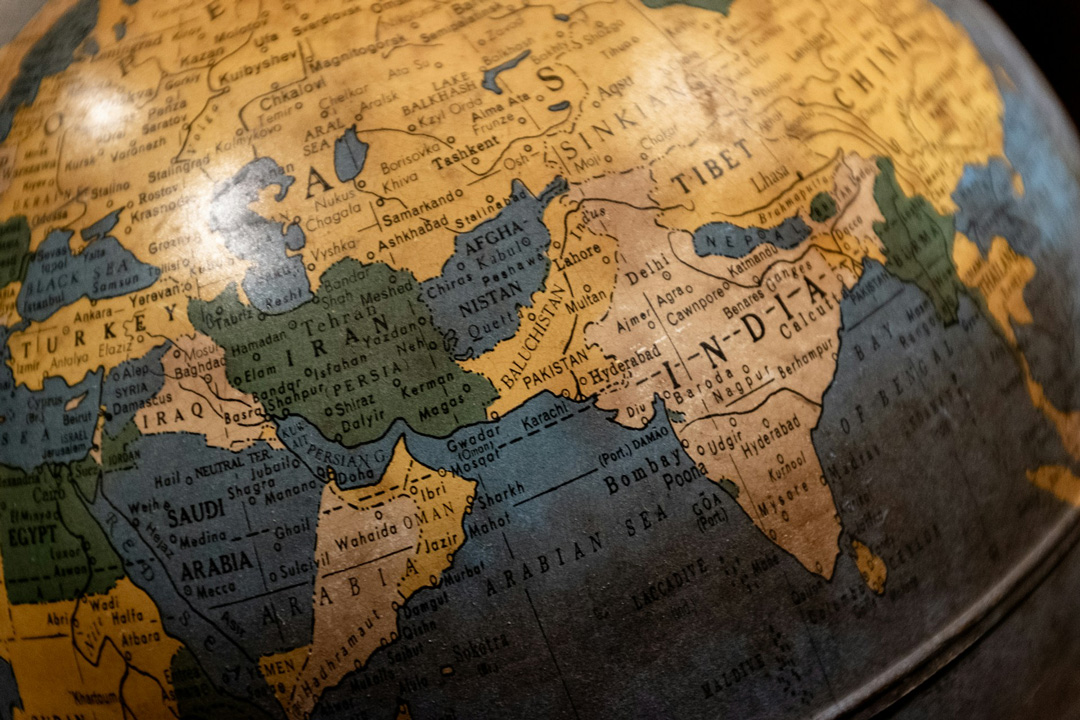This is a special guest contributor post by Blake Bierwith, a marketing intern at Sourcify.
We all have a hard time believing some of the success stories we see online.
The internet is full of scams and click-bait. I’m not one to fall for it. But the broke college student in me just couldn’t resist and to my surprise, the article I was reading actually made a lot of sense.
Having lived in China for a year, I knew that I could make virtually any product I wanted for an inexpensive price. What I didn’t know was how to make the world’s largest retailer my business partner in order to sell that product.
The true value in Amazon’s private labels isn’t that the product is better, but that it simplifies the selection process.
Studies are now showing that Amazon’s private label businesses are beginning to take over their markets. People would rather buy from a private label business sold through Amazon than an independent brand.
We’ll dive into how to launch your own private label business on Amazon, but before we do that, it’s important to first know what private labeling means.
By definition: “A private label brand product is manufactured by a contract or third-party manufacturer and sold under a retailer’s brand name” Source: Business Encyclopedia
As far as we’re concerned, all that means is just having a product manufactured with your brand on it and letting Amazon sell it for you.
Sounds easy enough right? Let’s dive into how to make this happen:
Step 1: Selecting Your Product
This is often the greatest challenge for anyone looking to start selling products on Amazon. Finding a great product takes a lot of time and energy.
However, sites like Jungle Scout and Viral Launch make this process a lot easier.
While researching different products, some things to keep in mind are: best seller ranking, number of reviews, and price.
The best seller ranking indicates how well the product is selling while the number of reviews shows how competitive the product is.
Generally speaking, the products casting best-seller rankings of less than 2,000 with reviews less than 1,000 are what you’re looking for.
Writing down the price will give you an idea of how to stay competitive while searching for manufacturers.
Don’t be discouraged if this process takes some time. It can sometimes take weeks or even months to find the right product that you want to start selling.
Step 2: Finding the Right Supplier
The next step is finding your manufacturer. The first choice is whether to go domestic or international. There are advantages and disadvantages to both.
Advantages of having a domestic supplier include reduced shipping time, more protection on intellectual property rights, and higher quality products.
The major disadvantage is the cost. United States labor laws require higher paying wages and nicer facilities.
Having said that, the major advantage of producing internationally will be reduced costs. Not only are the labor wages cheaper but there are also fewer business regulations.
This allows you to start quickly and scale as needed. It’s not uncommon to save 40-80% from sourcing your product to a country like China.
Disadvantages of producing your product overseas include increased shipping times and language barriers.
Depending on your budget and what you want manufactured, either of these choices may make sense to you.
If you’re just starting out it may make more sense economically to find an international supplier. If you choose to do so, platforms like Sourcify will make your life a lot easier.
Finding a trustworthy and reliable manufacturer is key. If you’re navigating a platform like Alibaba for the first time, this can be a hard task.
With millions of suppliers, sorting through the sea of middlemen and scammers becomes an obstacle.
Trading vendors front as manufacturers and take their own margins. Language barriers make it hard to maintain steady communication.
Finding the perfect supplier for your product by yourself can be a huge challenge. Thankfully, companies such as Sourcify are here to help you through this process.
Sourcify pre-vets all of their factories to make sure they are secure and capable. Their software streamlines communication with factories to reduce communication barriers.
All you need to do is fill-in your product category and order size, and then Sourcify connects you with the right factory while helping you manage everything from a first sample to a finished production run.
Once you’ve found the manufacturer that’s right for you, it’s time to design your label.
Step 3: Get Your Logo, Design, and Packaging
Your logo is a visual expression of your company. Creating a great logo will help make your product more memorable.
Thanks to websites such as Upwork and Fiverr this process has become quick and easy.
These platforms allow you to create job proposals and send it to freelancers to have it designed.
Creative logos and designs foster brand recognition. Smart packaging helps to differentiate your product. Take Apple for example.
Known for their clean, minimalist packaging, Apple is able to make cheap packaging look stylish and personalized. People literally record the actual process of unwrapping their newly purchased Apple products.
Paying a lot of money for packaging doesn’t always equate to more sales.
Once you are happy with your design files, send them over to your manufacturer and get started on making your Amazon selling account.
Step 4: Create a Unique Amazon Listing
This is often an underutilized section of many Amazon sellers’ pages. Creating a strong, high quality listing will give you the competitive edge over many sellers who don’t do a good job on this.
Some tips to keep in mind when writing your listing.
- Use a large, high quality image: This is the first thing people are looking for and is often the make or break for making the sale.
- Bullet points: Don’t make your potential customers read a long, drawn out paragraph. No one actually reads things anymore, they skim it. Start with the most important points first and keep it concise.
- Describe why it’s valuable: focus on the benefits more than the features.
- Bold Text: Use bold text to focus in on what sets your product apart from the competition.
You can get started by reviewing Amazon’s protocols for creating a listing.
Step 5: Use Fulfillment by Amazon
Although FBA will take a small percentage of your profits, it is almost always worth it.
That’s because after you ship your product to the Amazon distribution center you can be as hands off as you like. Amazon handles all the picking packing and shipping.
When a customer makes a purchase, you don’t have to do a thing.
Advantages of using FBA include:
- Amazon Prime: Prime members love free shipping and more likely than not your product will drive home more sales from being eligible for it.
- Cost effective: Pay as you go – you are charged for storage space and the orders Amazon fulfills.
- Customer Service and Returns: Your listing will be displayed with the prime logo, giving customers a sense of security buying your product.
Final Thoughts
Selling on Amazon can be a great step forward as a ecommerce entrepreneur. Once you have a product ready to launch, you can get setup with Amazon’s FBA, and start trying to rank for keywords or drive traffic to your product listing.
Now that you know how to launch your own private label on Amazon, it’s time to start by doing your pre-market product research. Once you feel you’ve found your niche, use Sourcify to find a reliable manufacturer. From there, have a freelancer make your designs. Once you’re happy with your product use Amazon’s FBA and enjoy your new stream of passive income!




